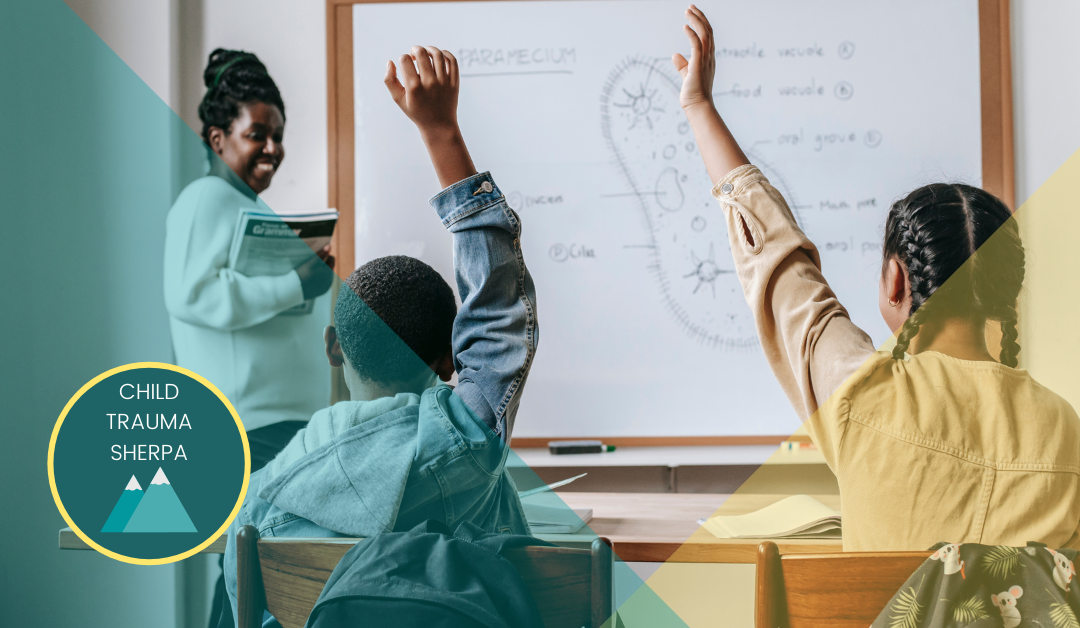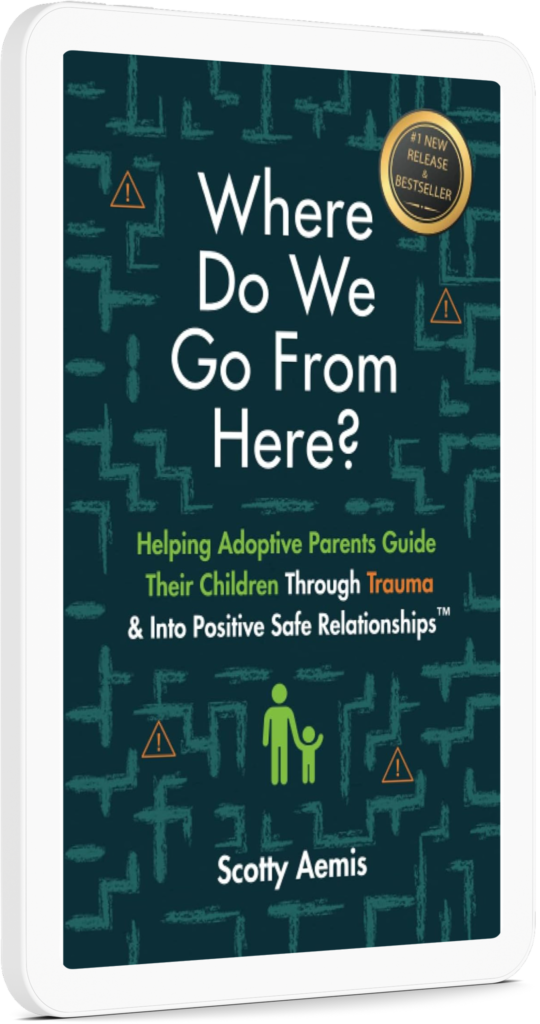Helping Students from All Backgrounds Succeed in the Classroom
As a teacher, when you hear the term “student engagement,” you probably think of strategies that can be built into lesson plans that help students connect and remember material better.
However, you probably know that there will always be a few students who don’t latch onto your strategy, like a mnemonic device song and dance.
It’s important to think of those students who seem to need a different type of support to be engaged in the classroom, and that is when the three Rs can be extremely helpful.
What are the Three Rs?
The three Rs are regulate, relate, and reason. It is a bottom-up approach that focuses on regulating the lower parts of the brain, then engaging the relational and emotional limbic system, then beginning to work at the cortex.
This may seem vastly different from your training as a teacher. Often teachers are trained to work with students only at the cortical level, helping students with ways to support memory of the content, dexterity with material, problem-solving skills, and critical thinking.
However, for students with a history of trauma, functioning primarily happens in the lower part of the brain. This means that they need opportunities to regulate and connect prior to engaging with the material. If we want children with trauma to be wholly engaged at school, they need to feel safe, calm, and connected.
Designing Your Lesson Plans
Because children with trauma function on a different level of their brain, you need to design your lesson plans to support optimal student engagement and learning for all of your students. You can’t just think through the material being covered, but what opportunities students have to regulate and relate during the lessons.
Also, incorporating opportunities for students to have “brain breaks” can help provide a calm and safe environment. These can be breaks that allow for short reflections, focused breathing activities, or just quiet time. This time allows students to self-regulate.
Beyond that, when we give students the opportunity to create emotional or relational connections with the material being covered, they are more likely to remember the material and engage in more meaningful ways. Furthermore, these strategies don’t just benefit children with trauma, but all of your students!
Final Thoughts on the Three Rs
Teachers are well trained in getting students to use the third R (higher order reasoning), but by first focusing on the initial two Rs, regulate and then relate, you can help your students learn better. When preparing your lesson plans, be sure to think about those first two Rs and ask yourself, “how am I giving my students opportunities to regulate and relate?” From there, you’ll be able to create lesson plans that provide learning success for all of your students.


